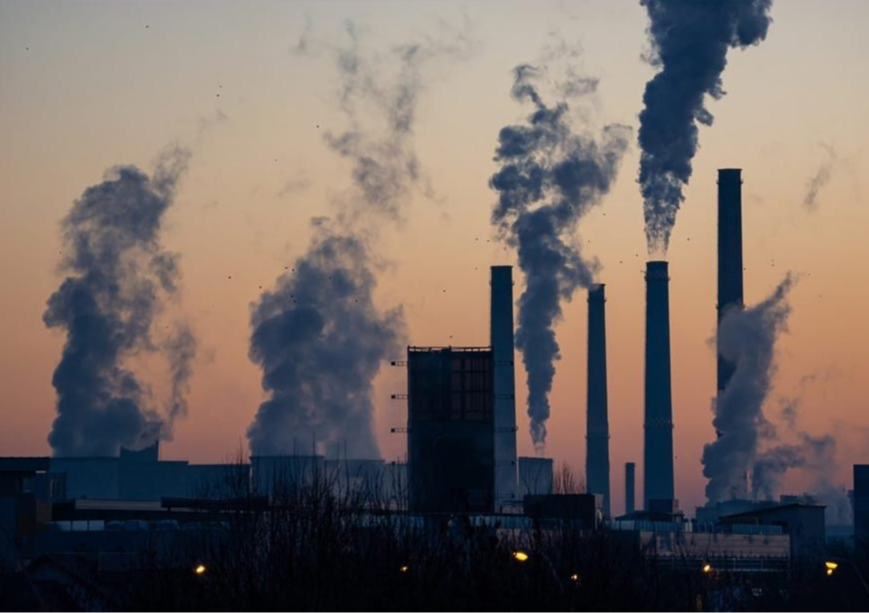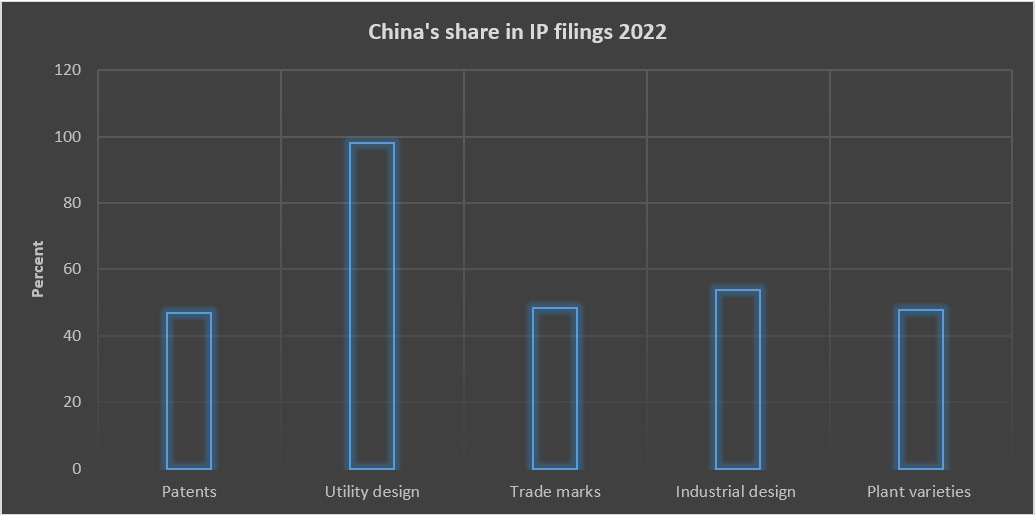-
CENTRES
Progammes & Centres
Location
If carbon emissions from research activities are excused, some inconvenient issues may arise

In a brief article in the Financial Times, Minna Palmroth, a professor of computational space physics at the University of Helsinki and the Chair of the Board of Technology Academy, Finland argued that “carbon emissions from research are a price we must pay to understand the world”. Her article was in response to the revelation that some scientists wanted to “scale back their research” to reduce carbon emissions. To justify energy consumption for research, Prof Palmroth offers examples of persons trained as engineers specialising in renewable energy (RE) technologies who went on to improve the efficiency of RE technologies. If her argument is accepted and research activities are given priority in the carbon emission hierarchy, some inconvenient issues may arise.
To justify energy consumption for research, Prof Palmroth offers examples of persons trained as engineers specialising in renewable energy (RE) technologies who went on to improve the efficiency of RE technologies.
At the third Conference of Parties (COP3) in 1997, when the Kyoto Protocol was adopted, historic responsibility for carbon emissions and the obligation to limit greenhouse gas (GHG) emissions were assigned to the Global North, labelled annex I countries (primarily North America and Western Europe) that benefitted from early use of fossil fuels. The rest of the world was labelled annex II countries with no historic responsibility for causing climate change and limited obligation to reduce GHG and other emissions. This was in line with the ‘common but differentiated responsibilities and respective capabilities’ (CBDR-RC) principle enshrined in the United Nations Framework Convention on Climate Change (UNFCCC) to incorporate equity and fairness in distributing responsibility for reducing GHG emissions. The Global North systematically diluted the CBDR-RC principle in the subsequent COP events to eliminate the division of labour between countries that were responsible for climate change and countries that were not. To lend credibility to their position, the Global North used the argument that the Global South (primarily China and India) was responsible for current and future GHG emissions even if they did not carry historic responsibility. In response, India, along with other countries in the global south, requested the inclusion of three agenda items, which included ‘equitable access to sustainable development’ (the other two related to access to technologies and trade issues) before the COP17 meeting at Durban in 2011. This brought equity and fair distribution of responsibility back to the negotiation table. However, the ad-hoc working group in the Durban platform for enhanced action, which had the mandate of developing a new global compact that would come into force by 2015 to replace the Kyoto Protocol, included the legally ambiguous phrase ‘agreed outcome with legal force’ in its final declaration. This effectively compromised the red line of equity that the Global South could not cross and the red line of the EU which required a ‘legally enforceable mandate applicable to all.’ The Paris Agreement effectively nullified the CBDR-RC principle by introducing the supposedly “bottom-up” concept of nationally determined commitments (NDC) to address climate change. The bottom-up nature of the NDC is consistently diluted by the global north with calls for top-ups of greater ambition to the NDC. Several climate activist organisations based in the Global North routinely publish name-and-shame reports to force the Global South to contribute more towards addressing climate change. All this together effectively imposes a mandate of climate action on the Global South by stealth destroying the bottom-up nationally determined character of climate action.
The Paris Agreement effectively nullified the CBDR-RC principle by introducing the supposedly “bottom-up” concept of nationally determined commitments (NDC) to address climate change.
With the elimination of developmental differences between countries, individuals are characterised as the generalised homogeneous units of consumption. This facilitates the assignment of responsibility for carbon emissions, not so much on those who produced and continue to produce most of the emissions, but on those producing the differential transforming it into a critical mass and therefore concealing the fact that the Global North is the world’s most ‘over-populated’ region. The equalisation of populations ‘democratises’ guilt as everyone now feels equally guilty for causing ‘climate change’. The democratisation of guilt makes it possible to criminalise populations in the global south who use extremely small quantities of energy merely to cook a meal or keep warm just to stay alive.
The global north has thus managed to stay on top of the carbon emission hierarchy retaining control over scientific research and the agenda for multilateral discussions. The Global North also promotes the narrative of global climate responsibility through state and non-state organisations to mask its historic responsibility and to successfully distribute the costs of addressing climate change across the world. Most of the scientific research takes place in the global north though China is gaining significant ground. The argument that carbon emissions from research are justified will not only strengthen the position of the Global North but push livelihood carbon emissions of the Global South down the carbon hierarchy.
The observation that laboratories, scientific instruments, rockets and satellites as well as data and information that are required to measure the pulse of the Earth consume considerable quantities of energy cannot be contested. According to the International Energy Agency (IEA), energy demand from data centres and data transmission networks alone account for about 1-1.5 percent of global energy demand (more than the energy demand of France or Mexico in 2022) and for about 1 percent of carbon emissions (comparable to emissions of Australia in 2022). Out of the top 100 countries in terms of energy consumption and carbon emissions, only about 12 countries had higher energy consumption shares than data centres and only 16 countries had higher carbon emission shares than data centres. Most countries in the EU and the African continent had lower shares of energy consumption and carbon emissions than data centres in 2022. Artificial intelligence (AI) is projected to consume more energy than data centres. When energy consumption by other energy-intensive research technologies such as particle accelerators, rockets and satellites the scientific research sector will qualify as a key energy-consuming sector with carbon emissions to match. However, all research activities that use energy-intensive data, AI and other energy-intensive technologies may not contribute to improving human lives or in addressing climate change.
The observation that laboratories, scientific instruments, rockets and satellites as well as data and information that are required to measure the pulse of the Earth consume considerable quantities of energy cannot be contested.
China leads the tables in all categories, patents, utility models, trademarks, industrial designs and plant varieties with close to 50-percent share of the total in 2022 if intellectual property (IP) filings are treated as a proxy for dominance in scientific research. The United States, Japan and countries in the EU take the second and third places in most categories. It is not known if all scientific research behind the IP filings is in the fields that enrich human lives or in military technologies that end human lives. Some research sectors may relate to entertainment, or generation of false information or for development of military technologies. Can they be classified as worthy of carbon emissions?
People involved in activities other than scientific research may be disturbed by the idea that their work is unworthy of carbon emissions. Who gets to identify activities worthy of carbon emissions may also become a contentious issue. To counter the predominance of science in the emission hierarchy other activities may be identified as worthy of carbon emissions. For example, the Global South would want development as an effort worthy of carbon emissions. On the other extreme of the spectrum, science and technology may be portrayed as the cause of the climate problem (technologies for using fossil fuels for energy generation and manufacture of petrochemicals and fertilisers) which would make it unworthy of carbon emissions.

Source: World Intellectual Property Organisation
Lydia Powell is a Distinguished Fellow at the Observer Research Foundation.
Akhilesh Sati is a Program Manager at the Observer Research Foundation.
Vinod Kumar Tomar is a Assistant Manager at the Observer Research Foundation.
The views expressed above belong to the author(s). ORF research and analyses now available on Telegram! Click here to access our curated content — blogs, longforms and interviews.

Ms Powell has been with the ORF Centre for Resources Management for over eight years working on policy issues in Energy and Climate Change. Her ...
Read More +
Akhilesh Sati is a Programme Manager working under ORFs Energy Initiative for more than fifteen years. With Statistics as academic background his core area of ...
Read More +
Vinod Kumar, Assistant Manager, Energy and Climate Change Content Development of the Energy News Monitor Energy and Climate Change. Member of the Energy News Monitor production ...
Read More +